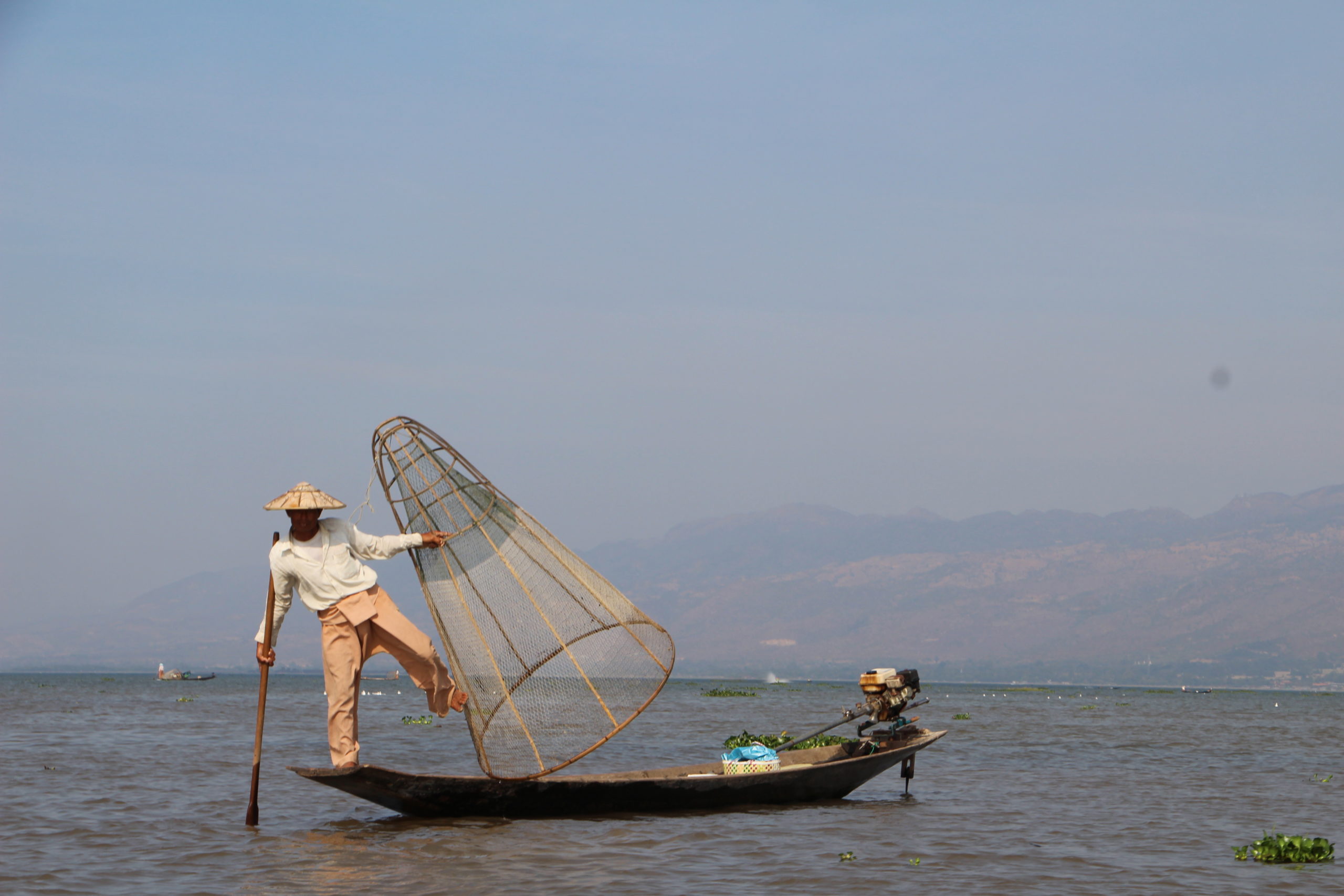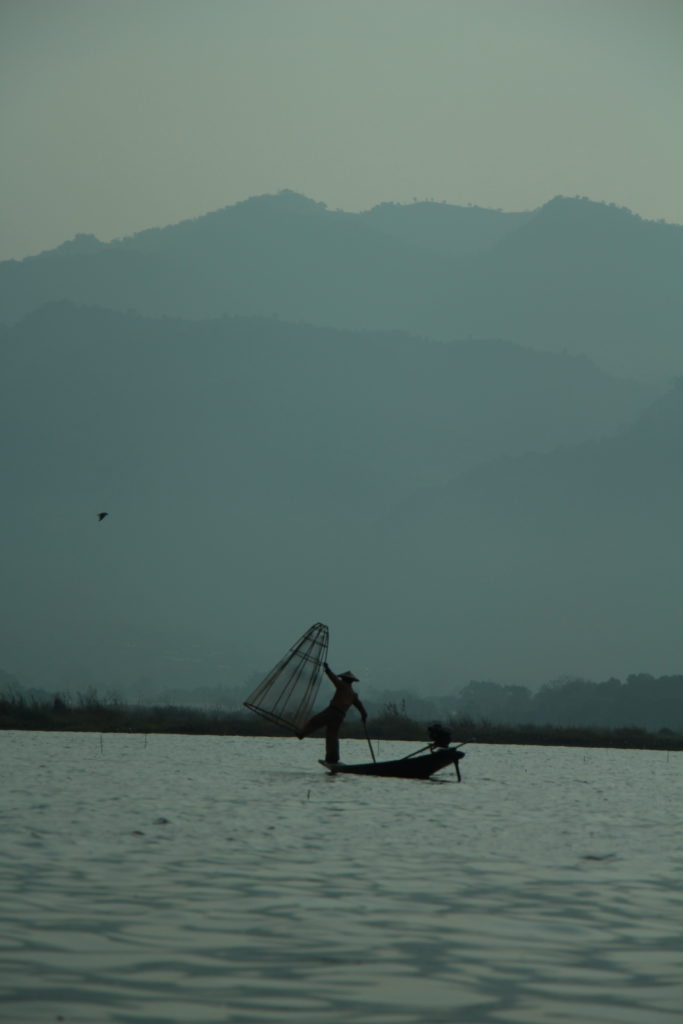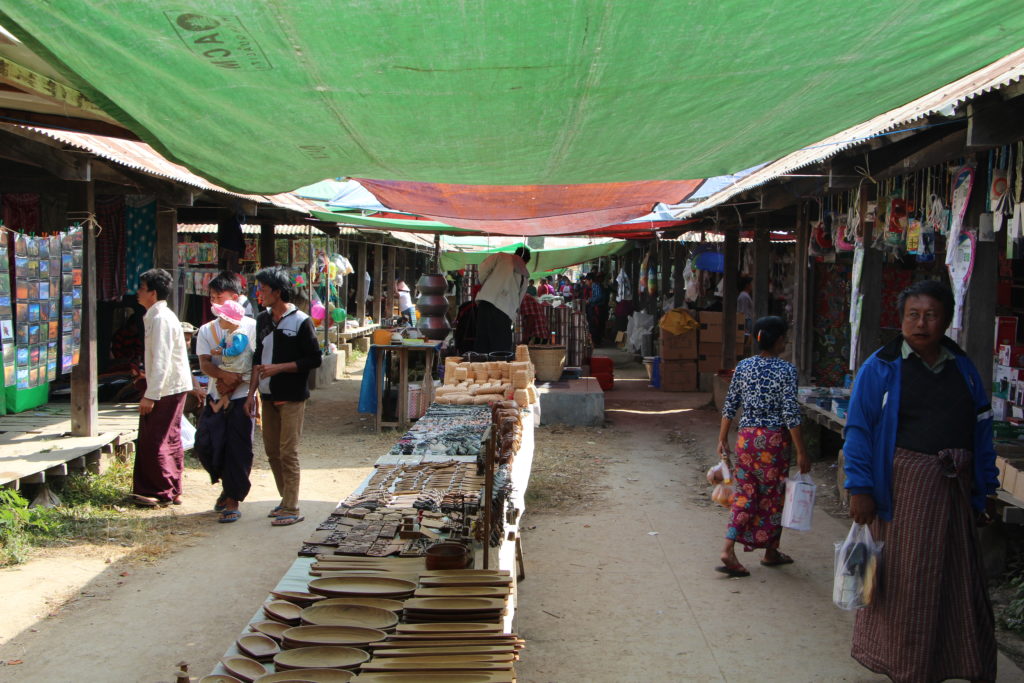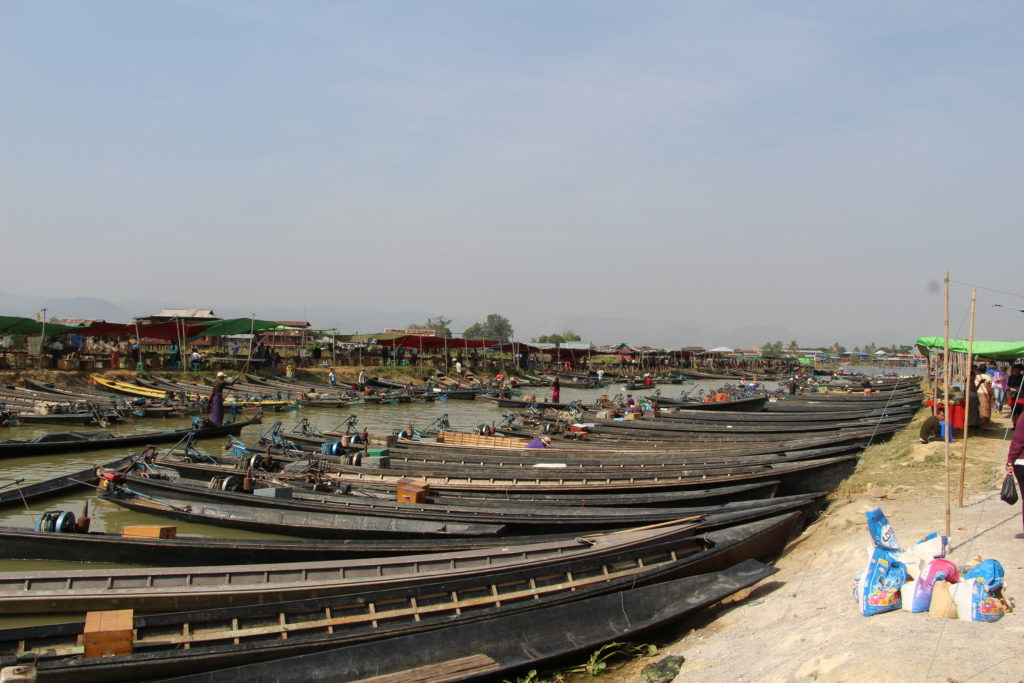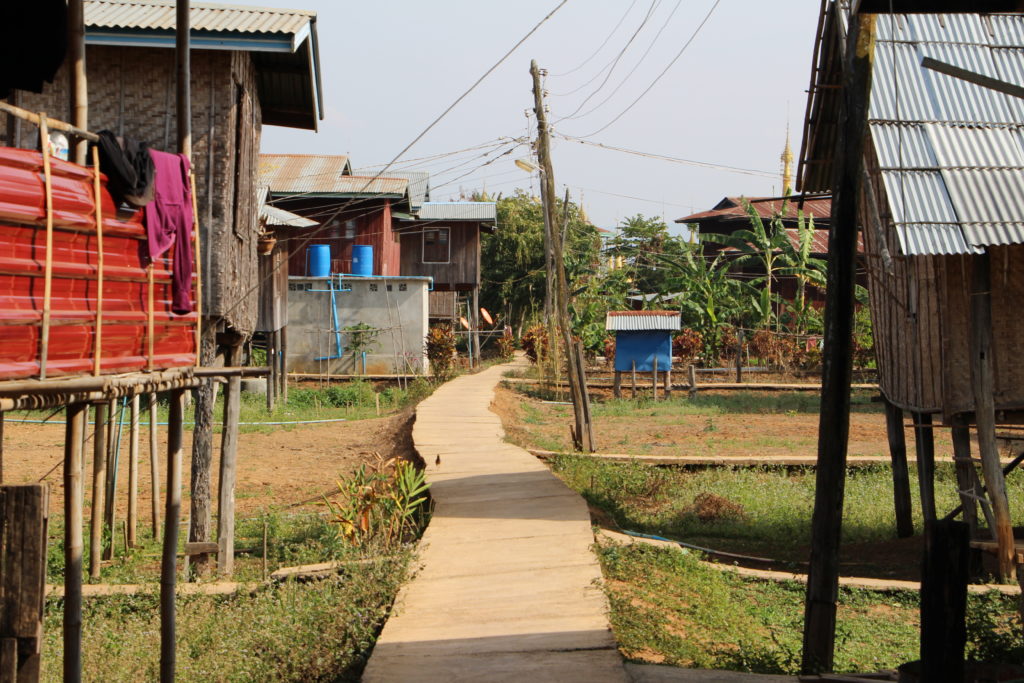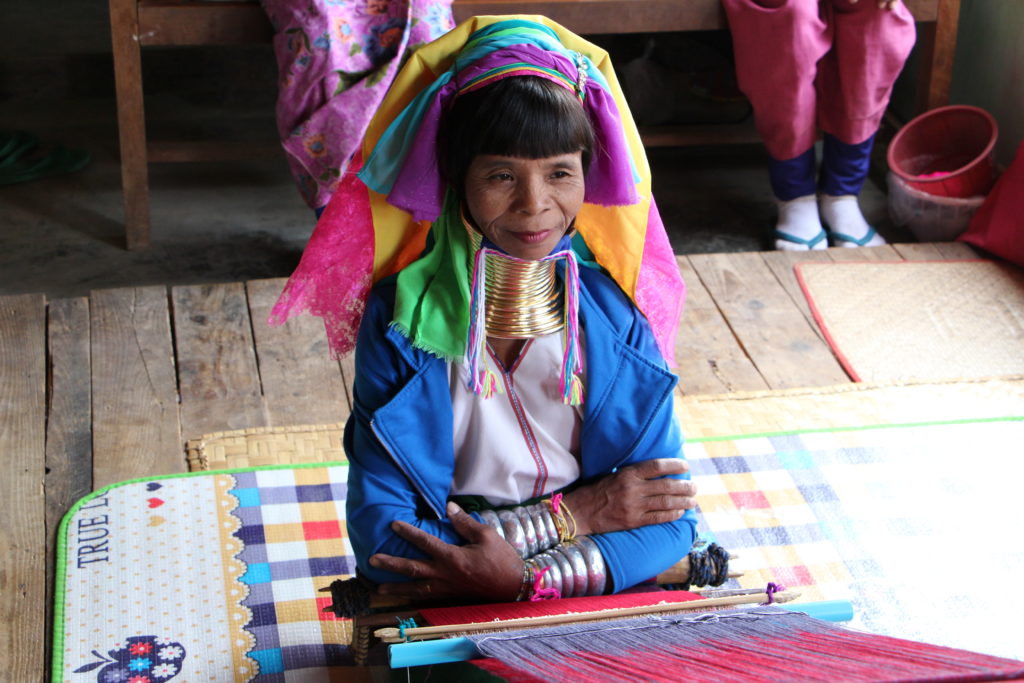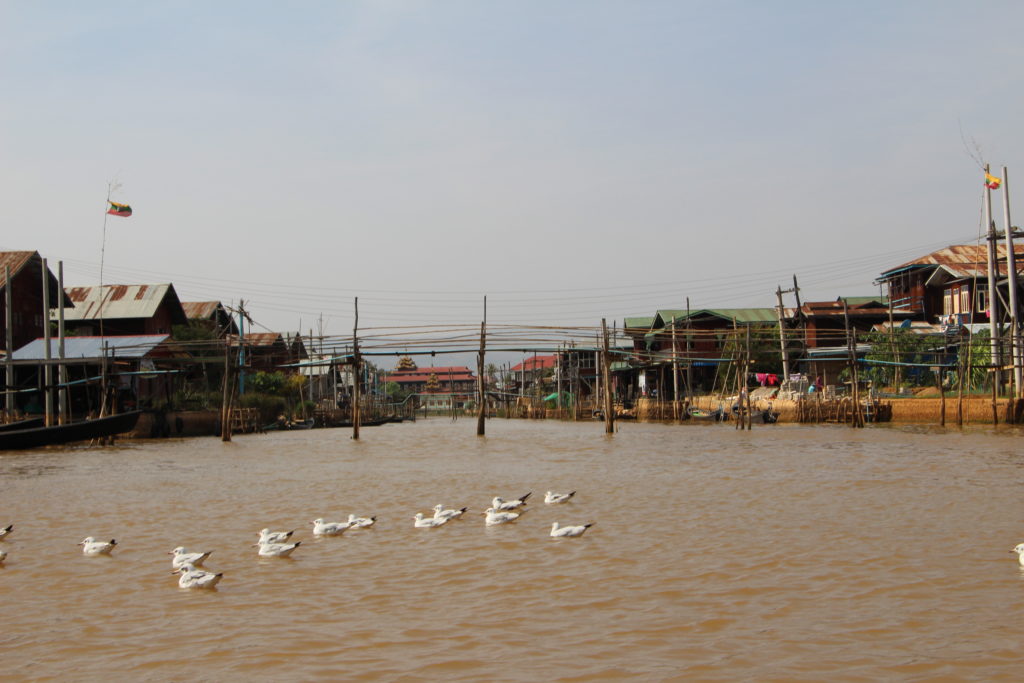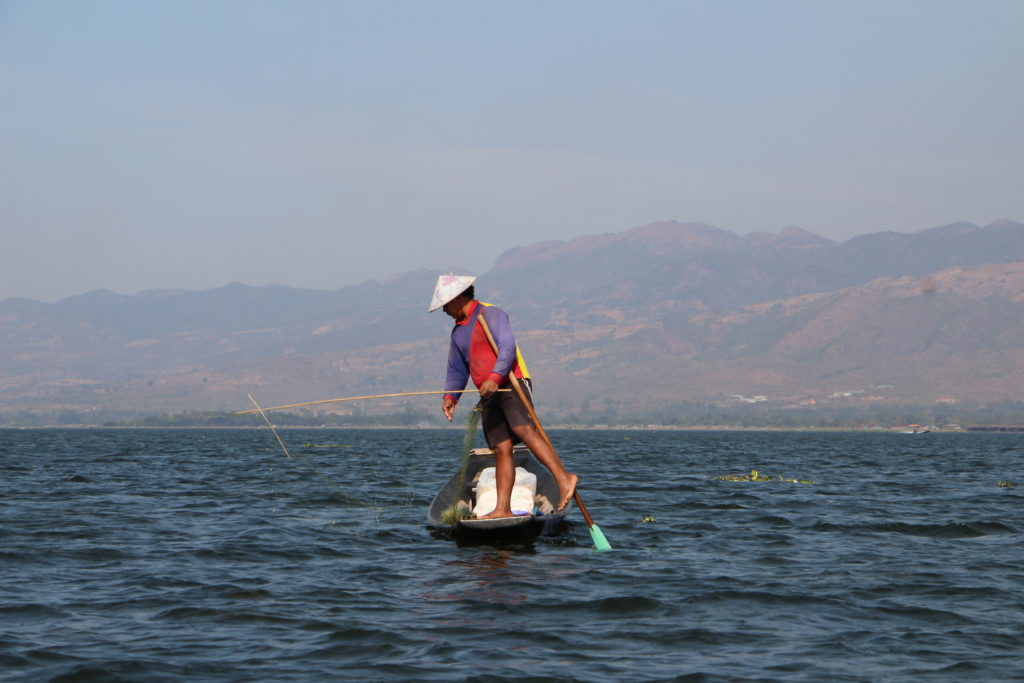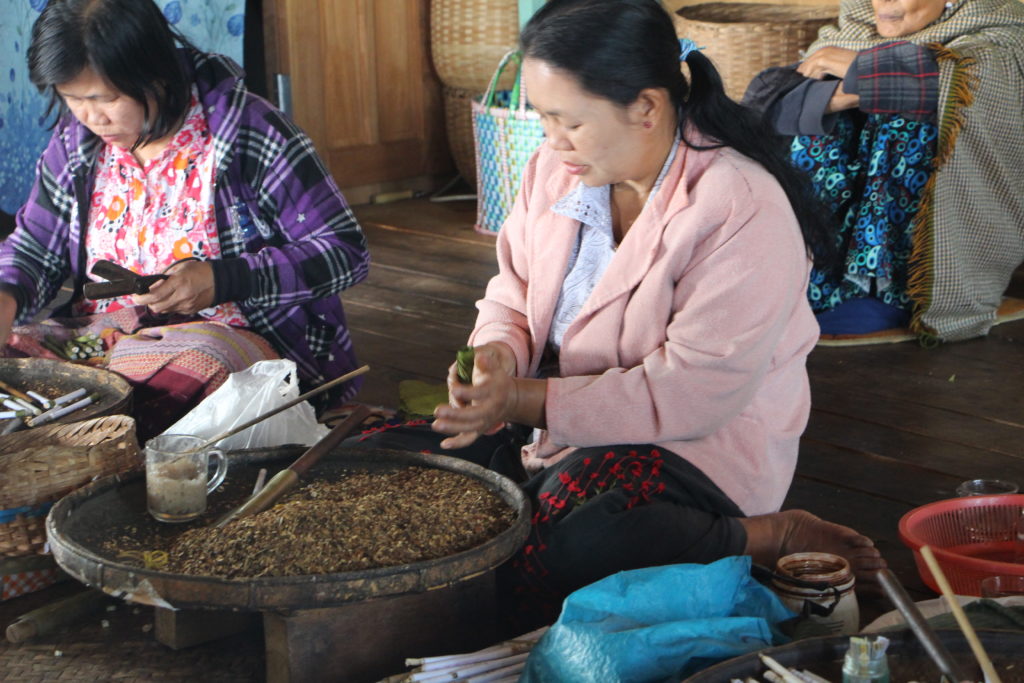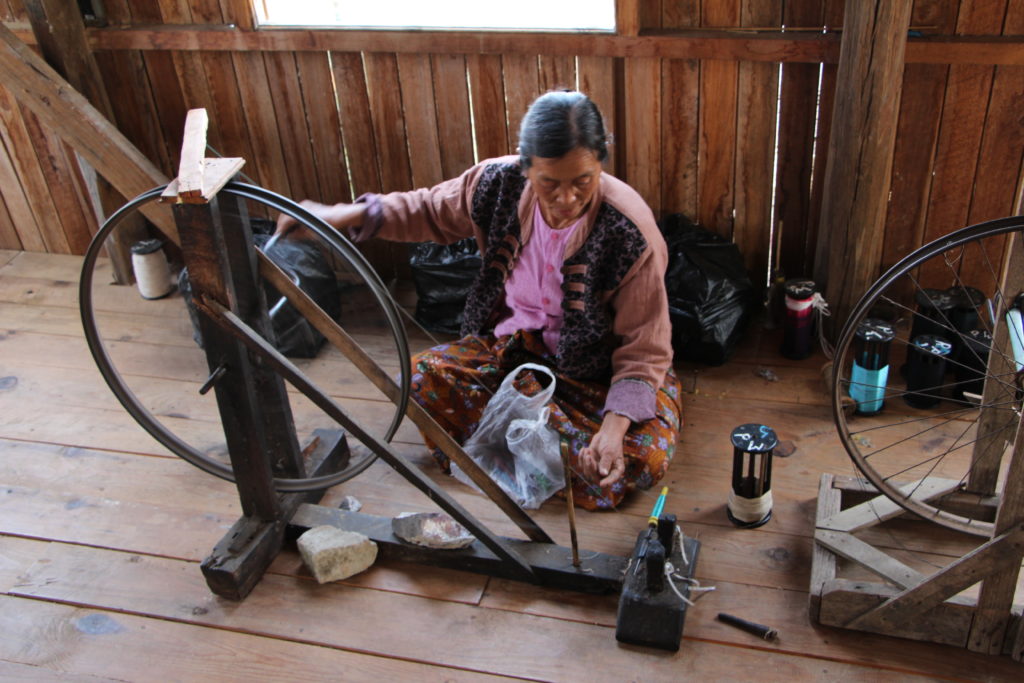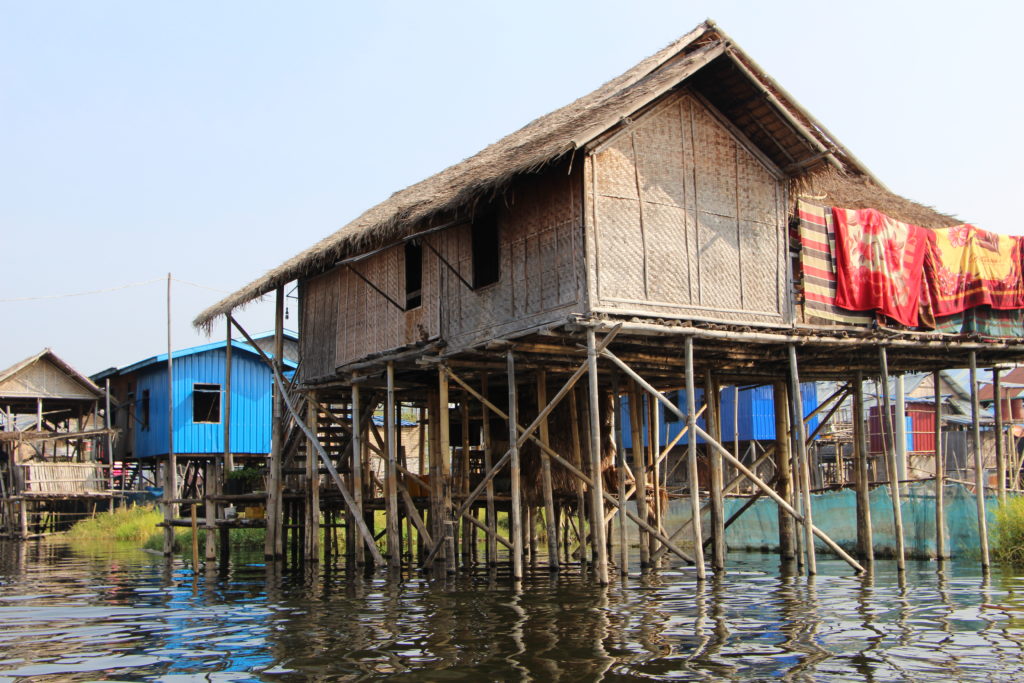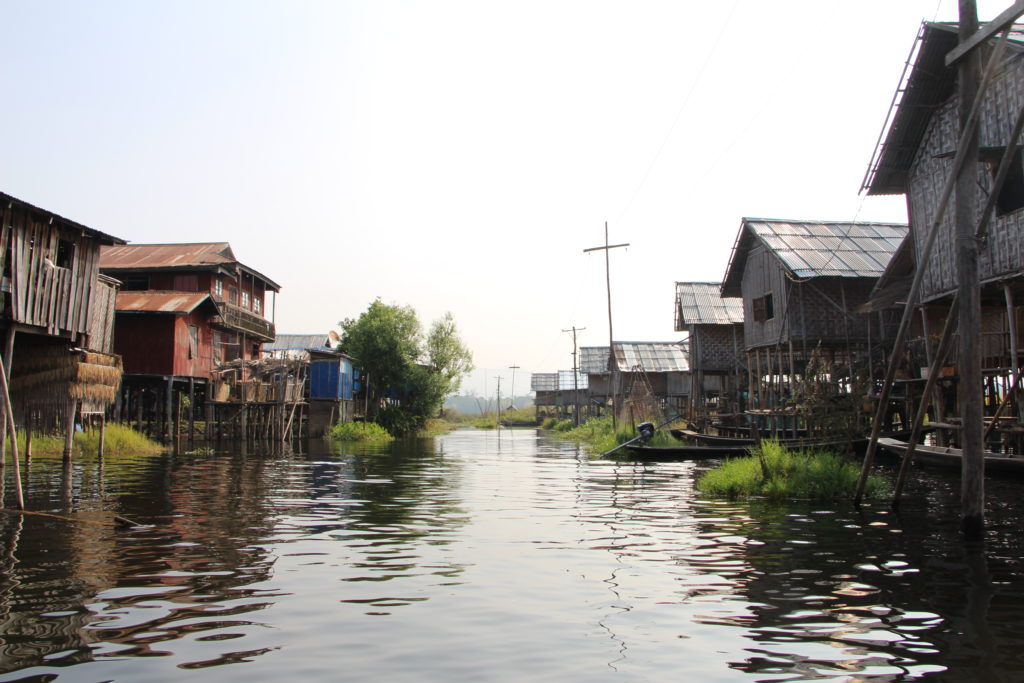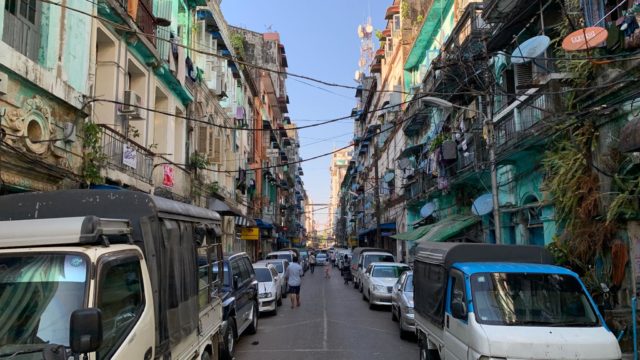Myanmar – 1
After a few days in Mandalay which allowed us to refine the logistics of the trip, we left for our first stage: Inle Lake. In four days, we had to reach this lake which is located behind a mountain range, and if the first day went well, the second day was very difficult for our bodies. The following two days, the altitude difference is more negative and we arrive almost without problems at Nyaung Shwe, a town bordering the Inle Lake.
Inle Lake is located in the Shan state, in the east of the country. It is the state that includes borders with China, Laos and Thailand. The North of Shan is the location of most of the jade deposits, which are exploited almost exclusively for export to China. Indeed, Myanmar is the leading producer of jade. We arrive at Inle Lake in the afternoon by going around a part of it as the road forces us to. It is already a striking contrast, with no more mountainous landscapes and farms that we have seen. Here everything grows, from onions to coffee, cereals and vegetables. We are amazed to see modern irrigation, something absent from the fields until now.
As we get closer to Nyaung Shwe, we also come across many hotels built on the banks of the lake as well as the first Western tourists who have been absent from our journey so far. We had chosen a youth hostel in order to meet people and when we arrive we hear French spoken but exshausted we went to bed before any exchange. The next day we go to visit a French expatriate in Taunggyi, a town near the lake. The day after, and last day in Inle, we go on a pirogue to make a guided tour of the different places of the lake. On the program; visit of the various crafts that remain on the lake: weaving, tobacco and jewellery. We also pass by a local market, a pagoda and a monastery. The villages seem very well preserved but the locals are used to the passage of tourists who pass by. The tours are well established and in intervals of about thirty minutes each time we discover the different places. The locals demonstrate their know-how and also encourage us to consume in return. We have to be very careful about what we buy, because many trinkets can’t leave the country, especially the Buddhas. Generally speaking, people are rather welcoming and benevolent but keep in mind that we are tourists with money.
Below Inle Lake is another lake, bigger in size but much less known than the first one. It is while leaving Inle towards Loikaw that we go along this second one. The landscapes are then splendid, we arrive in the valley always as fertile and irrigated. It is at this moment that we see the first churches of the country. Then we leave little by little these landscapes to return to the more primary roads, to the few breeding farms and to the small villages characteristic of Myanmar.

